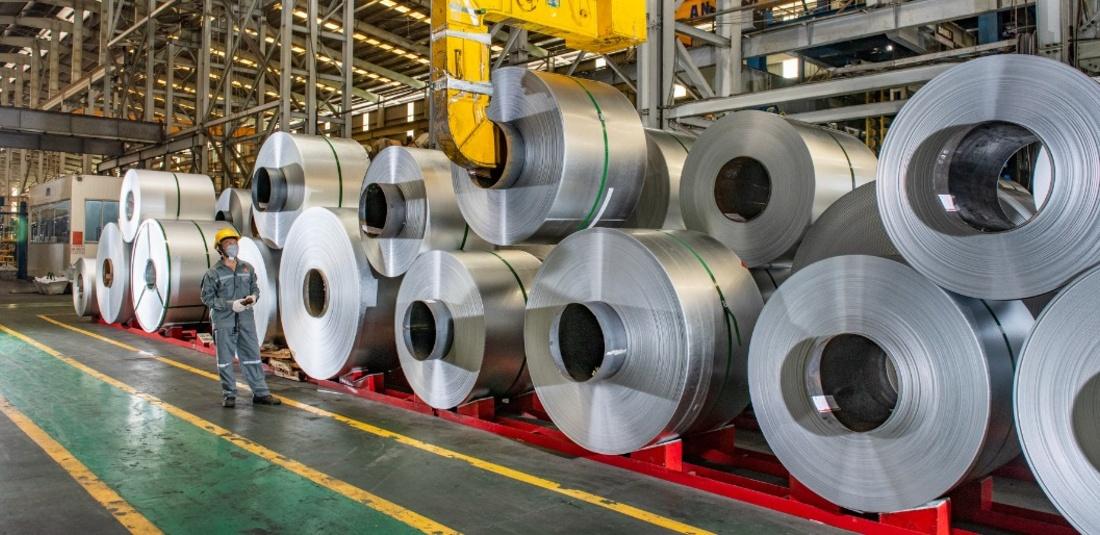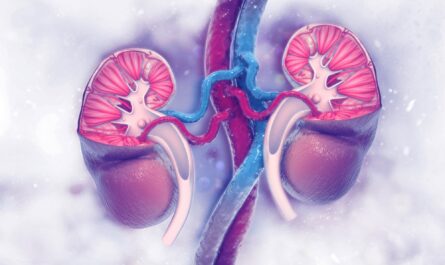A team of researchers from the Karlsruhe Institute of Technology (KIT) and the SMS group has successfully developed a new process that could significantly reduce CO2 emissions in the global steel production industry. The process involves modernizing blast furnace technology with moderate investments and has already been demonstrated successfully in a pilot plant. The researchers, led by Professor Olaf Deutschmann from KIT’s Institute for Chemical Technology and Polymer Chemistry, published their results in Energy Advances.
The steel industry is responsible for approximately eight percent of worldwide CO2 emissions, and it is crucial to address this issue urgently. Although hydrogen technologies may offer a climate-neutral perspective in the long term, it will take several years for a sufficient amount of green hydrogen to become available globally and for new plants to begin operations.
The research team, in collaboration with Paul Wurth Entwicklungen and KIT’s startup omegadot, has developed a new process that has proven to be effective in conventional steel plants. By retrofitting existing blast furnaces with moderate investments, the process could potentially reduce direct CO2 emissions worldwide by two to four percent.
The new process departs from the traditional method of using coke as a reducing agent in the blast furnace. In the current process, coke, produced from fossil coal, not only provides the energy required for melting but also serves as a reducing agent in the chemical reaction. This production of coke from fossil coal is an energy-intensive process.
The researchers’ process involves recycling CO2 from the furnace gas using coke oven gas, which results in a synthesis gas with a large fraction of hydrogen. This synthesis gas can be used as a substitute for coke in the blast furnace. To retrofit an existing plant with this new process, modifications to the Cowper heaters are required. Methane and CO2 from the coke oven gas, as well as CO2 from the blast furnace gas, are converted into the synthesis gas through a process known as dry reforming. This process requires a high temperature, mainly obtained from the process heat of the blast furnace.
The synthesized gas is then blown into the blast furnace to support the reduction of iron oxide. By utilizing this new process, significant amounts of coke can be saved per ton of steel produced, resulting in a reduction of specific CO2 emissions by up to twelve percent.
The process was successfully demonstrated and validated at Dillinger Hüttenwerke in Saarland, in cooperation with omegadot software & consulting GmbH, a startup of KIT. Omegadot has developed software for the precise simulation and visualization of the process, as well as for supporting scale-up to an industrial plant.
The pilot plant in Dillingen is operated by the SMS group together with Dillinger Hüttenwerke and Saarstahl. The aim of the operation is to produce steel with reduced CO2 emissions. This integration of the new process marks the first step in the transformation of the steel industry.
Gilles Kass, from the Research Section of the SMS group and a co-author of the publication, emphasizes the significance of this new process in addressing the sustainability challenges faced by the steel industry. The successful implementation of this technology could lead to a significant reduction in CO2 emissions and pave the way for a more sustainable future in steel production.



